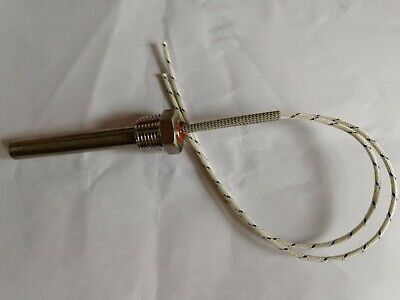C
cebonvieuxmaxo
Hey,
I own a Cali Ocean, and since I travel often in winter conditions, I'd like to have it better insulated. Therefore, I want to dismantle the whole kitchen unite in order to do something clean. Has anyone hear done it (I know it's a pain in the a*s) and has tips on how to do it properly? Thanks
I own a Cali Ocean, and since I travel often in winter conditions, I'd like to have it better insulated. Therefore, I want to dismantle the whole kitchen unite in order to do something clean. Has anyone hear done it (I know it's a pain in the a*s) and has tips on how to do it properly? Thanks
















